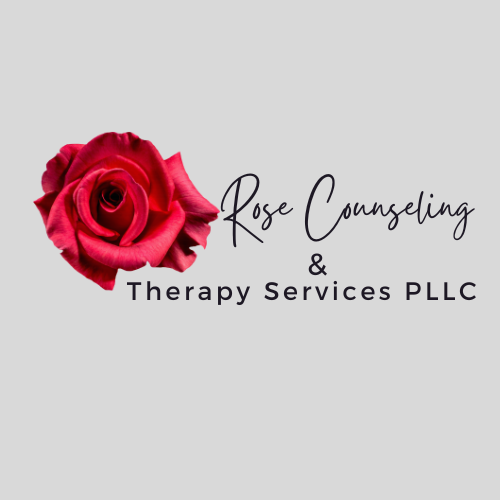Recognizing Codependency
Codependency is a complex and misunderstood dynamic that can develop within families and relationships. It usually involves an unhealthy reliance on another person for validation, self-worth, or identity. While it may stem from a desire to help or support, codependency hinders personal growth, produces resentment, and creates an imbalanced relationship dynamic.
Codependency can quietly take root and become a barrier to flourishing relationships. However, more fulfilling connections are possible with awareness and intentional action, breaking free from codependency and cultivating healthier ones.
Understanding Codependency
At its core, codependency is about over-functioning in a relationship—taking responsibility for others' feelings, behaviors, or problems while neglecting your own needs. Some common signs include:
Feeling responsible for others' happiness.
Difficulty saying “no” or setting boundaries.
A fear of abandonment or rejection.
A sense of worth tied to being needed or fixing others.
Suppressing your own emotions to avoid conflict.
These patterns often develop in response to unresolved childhood dynamics, such as growing up in a home with substance abuse, mental health challenges, or unmet emotional needs.
The Impact of Codependency on Families and Relationships
Codependency doesn’t just affect the individual; it creates a ripple effect in relationships:
Resentment: Over time, the person over-functioning may feel unappreciated, while the other party may feel controlled.
Stunted Growth: Both individuals are robbed of opportunities to develop self-sufficiency or a strong sense of self.
Cycle of Dysfunction: Unhealthy patterns can perpetuate, creating a cycle of enabling and dependency.
Practical Steps to Break the Codependency Cycle
1. Recognize the Patterns
Awareness is the first step. Reflect on your relationships and ask:
Am I sacrificing my needs for others?
Do I feel anxious when I’m not helping or fixing someone?
Do I enable behaviors that hinder someone’s growth or responsibility?
2. Set Healthy Boundaries
Boundaries are the foundation of healthy relationships. Start small by saying “no” to requests that deplete you emotionally or physically. Remember, boundaries are not selfish; they create clarity and respect.
3. Cultivate Self-Awareness
Explore your emotional triggers and motivations. Journaling, mindfulness, or working with a therapist can help you understand why you feel compelled to take on others’ burdens.
4. Prioritize Self-Care
Often, codependent individuals neglect their own needs. Commit to practices that nurture your emotional, physical, and spiritual well-being, such as exercise, prayer, hobbies, or spending time with supportive friends.
5. Encourage Mutual Responsibility
In families or partnerships, strive for shared responsibility. Instead of solving problems for others, please support them in developing their solutions. This promotes independence and mutual respect.
6. Seek Professional Support
Breaking free from codependency often requires unlearning deeply ingrained patterns. Therapy can provide a safe space to explore your emotions, understand family dynamics, and practice healthier ways of relating.
7. Practice Open Communication
Codependency often thrives in unspoken assumptions or unexpressed feelings. Work on expressing your needs and emotions honestly and constructively.
Embracing Healthy Interdependence
The goal is not to detach entirely from others but to cultivate healthy interdependence—a dynamic in which each person can lean on the other while maintaining individuality. Healthy relationships are built on trust, mutual respect, and shared responsibility.
